Editor’s note: This is a reader-submitted case study from Kat Baird, part of an ongoing series of deep dives on communal spaces. To see others, visit the Supernuclear directory. If you want to contribute a case study of your community, awesome! Please find guidelines for submission in this post.
For most millennials, buying a home feels increasingly out of reach - which isn’t a surprise considering home prices have grown twice as much as incomes over the last 40 years. Kat, Genevieve, and Paul join the nearly 15% of home buyers who have purchased a home with someone other than a romantic partner. Read on for their hard earned wisdom navigating one of the toughest property markets in the US.
In April 2024, two friends and I did something that seemed nearly impossible in the Bay Area: we bought a property with two homes in Berkeley on a very limited budget, without tech jobs or family financial support. Below is how we navigated alignment during our search, secured financing, and made a successful offer in a wildly competitive market. We closed in less than a month on a property that had only been on the market for 10 days!
Date founded: May 2024
Location: Berkeley California USA
Rented or owned: Owned in a two party Tenancy in Common.
Amount of space (number of beds/baths, any notable amenities): A 720 sq ft house 2 bed/1 bath with a 450 sq ft cottage behind it.
Governance: We have a tailored Tenancy in Common legal agreement which outlines selling, usage, costs splits, home improvements and formal dispute resolution. Day to day we aim for consensus between all three of us to make decisions, holding monthly house meetings.
Origins
Genevieve, Paul and I met through work four years ago - the two of them are married and we became friends through outdoor patio yoga during COVID, hikes and a couple of trips to the mountains. After several years of casual musing about our ‘communal housing dreams’, in October 2023 the critical pieces came together for the three of us: everyone had their share of the money ready, significant time and mental energy to dedicate to the search process, and a broadly aligned vision (with enough flexibility to be realistic!). We all wanted a more permanent home but no one had the money to make it happen alone - this reality bound us together. It motivated us to get really clear on what was most important and to compromise on the rest (read below about how much we compromised on our original square footage dreams!). We also benefited from Paul’s accounting experience, my ability to wade through mountains of paperwork, and Genevieve’s unwavering tenacity and belief that we would succeed.
Having co-buyers who could be honest and clear about what they wanted and able to handle tough conversations was integral for this process. The day before our final offer went in, we had a big disagreement about windows and privacy! Being able to repair under pressure and move forward quickly was critical in the super fast Bay Area housing market. If your group hasn’t previously navigated big arguments or decisions worth hundreds of thousands of dollars - you’re going to learn a lot, very quickly, about how each person deals with stress and conflict.
Navigating the Financial Maze
We spent the 5 months before we started house hunting researching alternative financing options, including LLCs and fractional loans that could give us separate mortgages. Ideally we wanted two different mortgages - we had varied financial situations and cash flows. Separate mortgages also felt like a good way to manage risk, especially since society kept not-so-subtly telling us that ‘buying with your friends seems extra risky’. Eventually Paul and I discovered that just ONE mortgage company in the entire Bay Area would even consider giving fractional TIC (tenancy-in-common) loans on a two-unit property.
Then reality hit: after submitting our offer, it became clear these "alternative" loans couldn't move fast enough for our 25-day closing timeline. We pivoted quickly and got a traditional group mortgage instead. The big lesson? In expensive markets like Berkeley, prioritize securing the property - you can always refine your property’s shared legal and financial structure later. As described more below, we waited until after we bought the property to create the final detailed version of our shared legal agreement. Our lawyer also provided some helpful language that committed us to explore refinancing and subdivision options ‘in good faith’ within the next 12 months.
The Legal Side
The three of us were always clear we wanted to create a personalized legal agreement for our property. A generic tenancy in common (TIC) contract we found online sparked important discussions about selling, buyouts, pets, usage, and home improvements. We highly encourage the legal discussions before everyone starts putting money down and that you consider some absolute worst case scenarios. For weeks, our shared dinner meetings began with “So what if one of us died…” or “you two get divorced…” or “if you want to build a really ugly addition on your part of the property…”. We learnt quickly that some of these scenarios already have legal rules (if people on a TIC die, their share is passed to their estate beneficiary) while others needed adding to our personal legal agreement (I agreed to get Genevieve and Paul’s sign off to make substantive exterior changes to my cottage).These initial conversations ensured we didn't have any intractable disagreements and allowed us to learn a lot about each other’s needs, communication styles and ability to navigate conflict.
But here's the catch - it's nearly impossible to finalize a legal agreement before you have the specific property. Breaking down exact costs, delineating shared spaces, and planning future remodels really depends on the house(s). So while we started our conversations early to ensure big picture alignment, we waited to work with a lawyer to finalize and sign the TIC agreement until after we moved in.
Being Realistic About Your Dream Home
Genevieve, Paul and I looked at several dozen properties in spring 2024, working with a real estate agent experienced in non-traditional homes and buyers. We were against buying anything with sitting tenants (ethically problematic and legally complicated with Bay Area renter protections) which cut out a lot of multi-unit properties on the market. But then we realized, if we were willing to be a bit creative and flexible, our unique co-living situation could be a benefit - houses with strange additions or unusual floor plans can be slightly cheaper because they are unattractive to single families. For example, our property deed has a legal easement that allows neighbors passage along our driveway to host their annual backyard jazz festival. Some people might be wary, but we met the friendly couple next door, realized it wasn’t a dealbreaker, and decided to embrace the community spirit of our new home.
Our original vision? Two 2+ bedroom units, each around 1,000 square feet, with at least one garage and a garden, near the East Bay hills. What we actually bought? A 720 sq ft two-bedroom house with a 450 sq ft cottage behind it, no garage, in the flatlands. Our limited budget definitely stretched further because not a lot of people wanted to buy such small houses. Since the three of us are very willing to share our space, the smaller houses aren’t such a big deal. For example when Geneieve and Paul went to Colorado, I was able to host my whole family for the holidays, with people sleeping in both the Chalet and the Cottage. Paul’s need for a garage turned into two storage sheds in our shared driveway (in return I get to use their canoe!), our beautiful decks have become extended living rooms and we all appreciate how quick it is to vacuum less than 1000 square feet.
In Conclusion
The current housing system isn't designed for unconventional arrangements like ours and in a competitive market like the Bay Area, finding the right people and then moving fast enough to secure a property is the hardest part. Too often even ‘dream friend communes’ seem like they need one person with a very high salary or inherited wealth to foot the bill and bring everyone else on board later. But that’s not necessarily the case!
Our advice: Don’t wait around for your oldest and bestest friends to be magically ready for your housing dreams (Phil elaborates on this here). Find the people in your community who can show up now for the long legal conversations, who can dive into the house hunt, and who have the cash ready. Be honest and make sure you're all broadly aligned - use a TIC template to initiate conversations on contentious topics as soon as possible. Then focus on getting the property - find something quirky, be flexible, disagree/repair/move on, and stay committed.
Today we're embracing living side by side in our small homes and loving it. We eat dinner together regularly and share everything from extra chairs to kitchen appliances. Paul and Genevieve keep encouraging me out on epic bike rides at the end of the work day and we have built in cat care/mail collection/plant watering support whenever someone’s out of town. Our next big project is a garden redesign this summer which will give us even more communal space for hosting, and perhaps even the return of patio yoga!
Thanks Kat for writing this up! Suggested further reading:
Case Study: The Palm on Deakin
Editor’s note: this case study was written by Nadia, one of the owner-residents of the house, and is not intended to reflect the opinions of everyone in the house. Nadia and her friends did what so many dreamed about during the pandemic: moved from a cramped apartment to buying a bigger house with their friends. Read on to find out how they are making i…
Curious about living near friends or coliving? Find more case studies, how tos, and reflections at Supernuclear: a guide to coliving. Sign up to be notified as future articles are published here:
You can find the directory of the articles we’ve written and plan to write here.

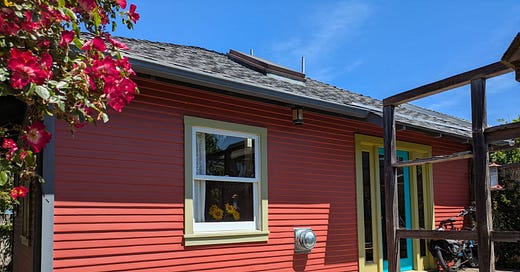



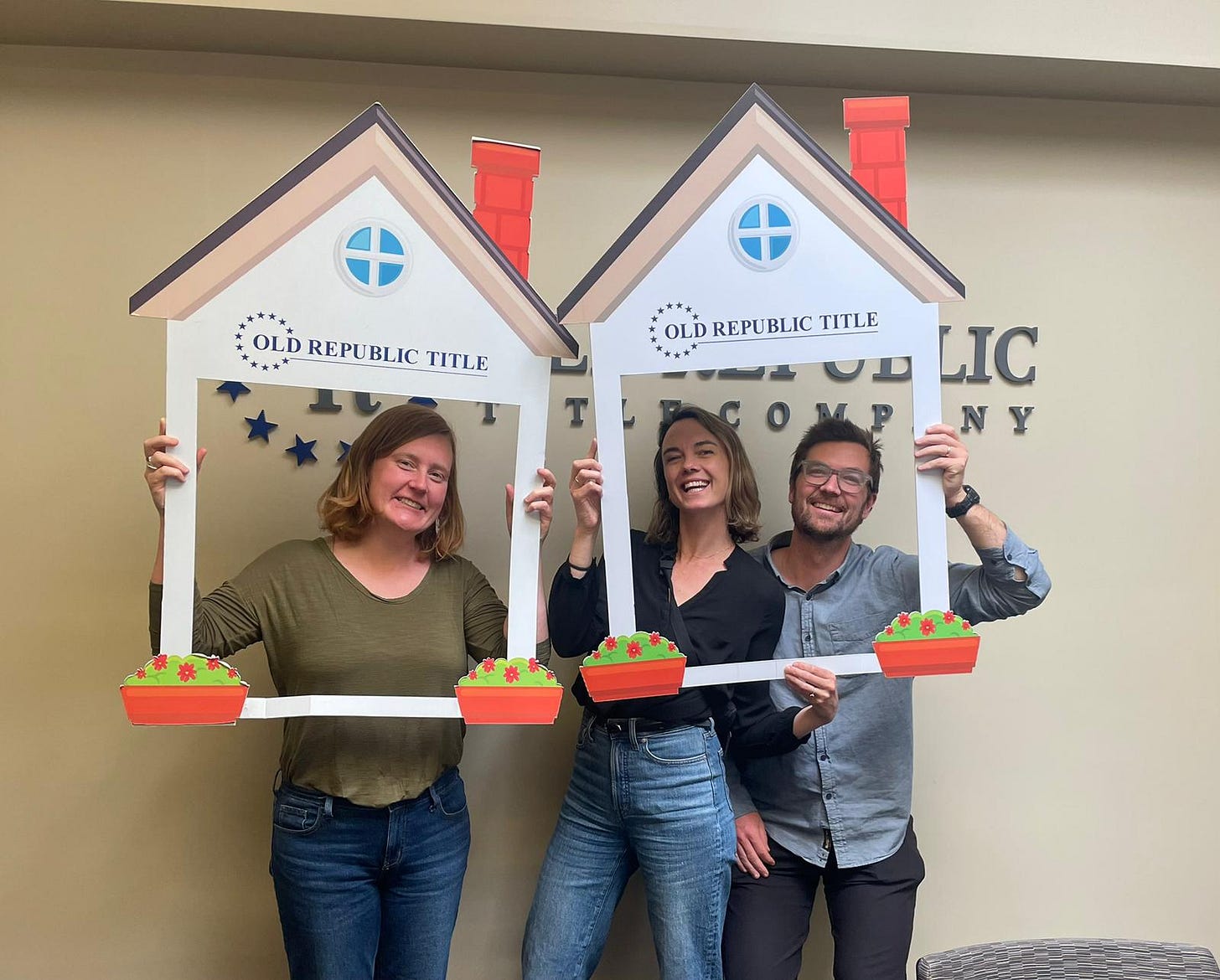
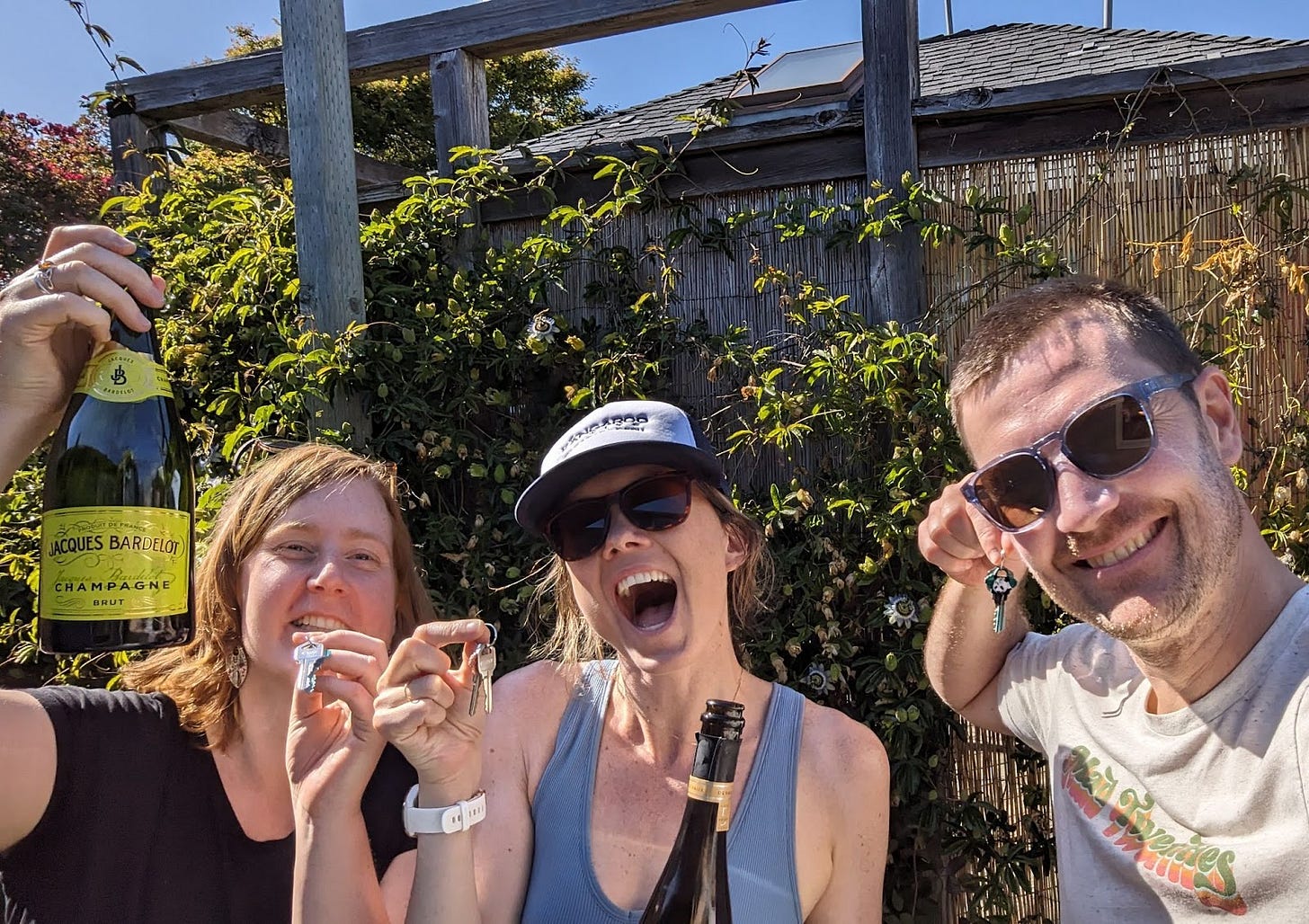
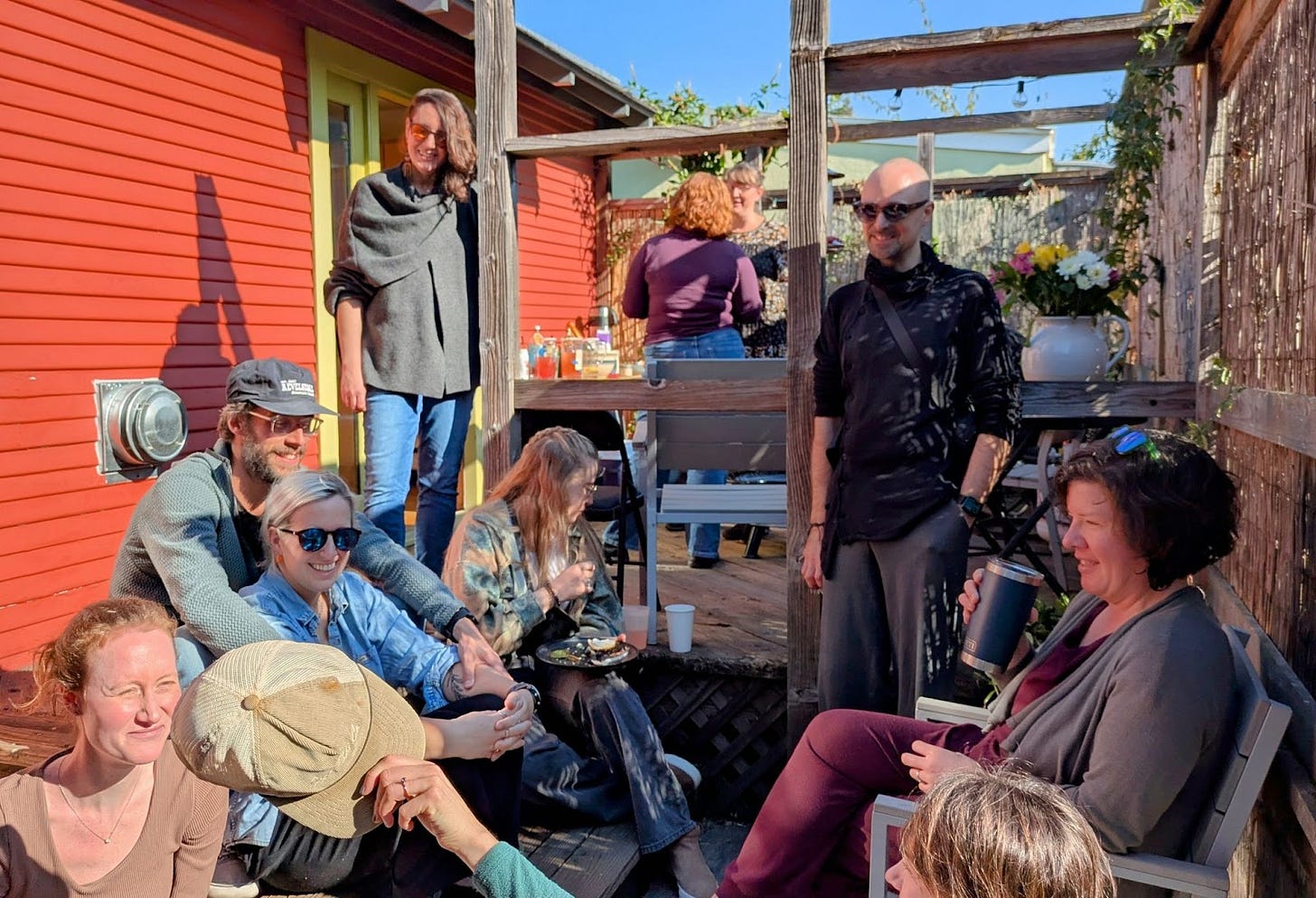
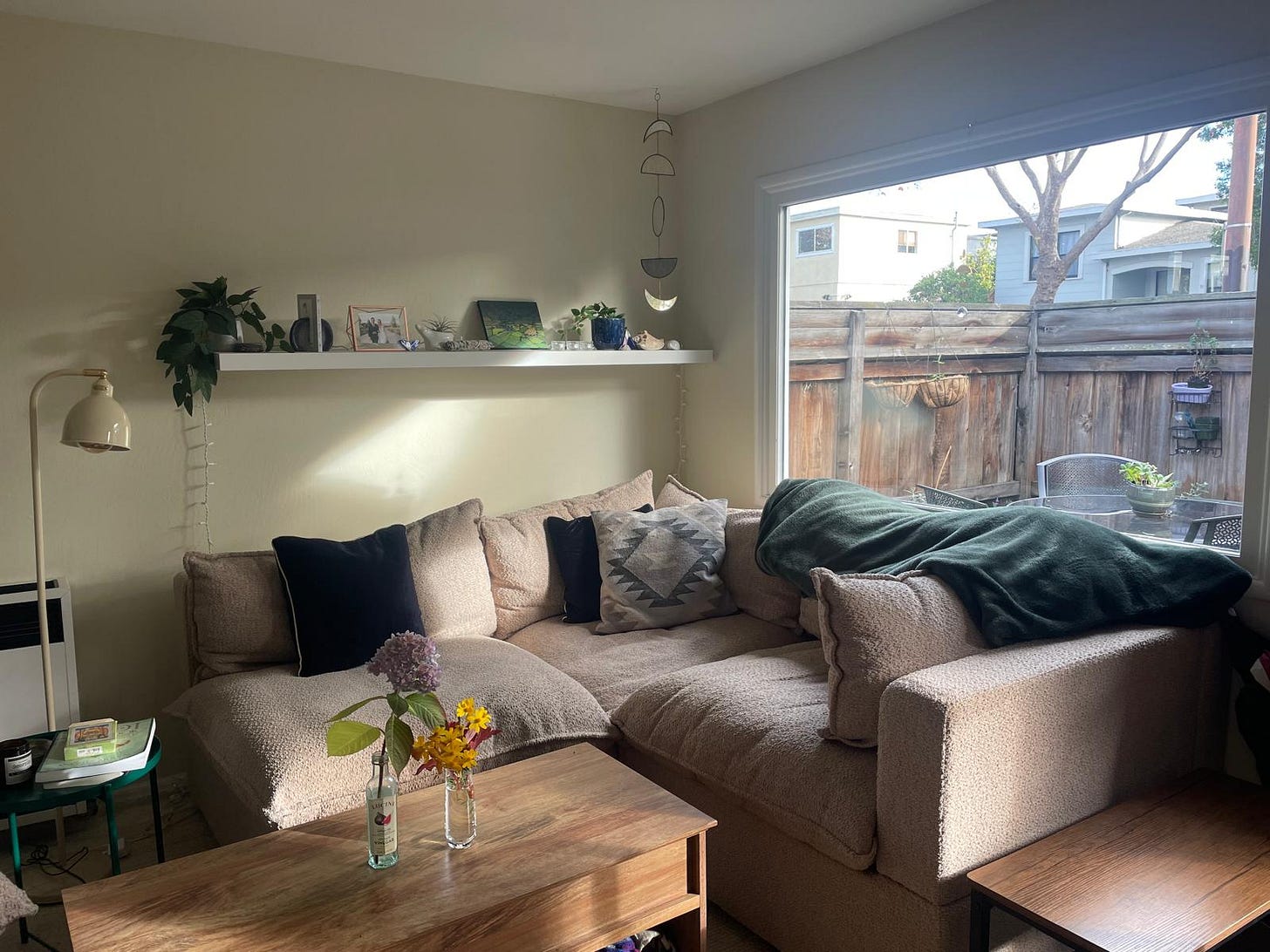
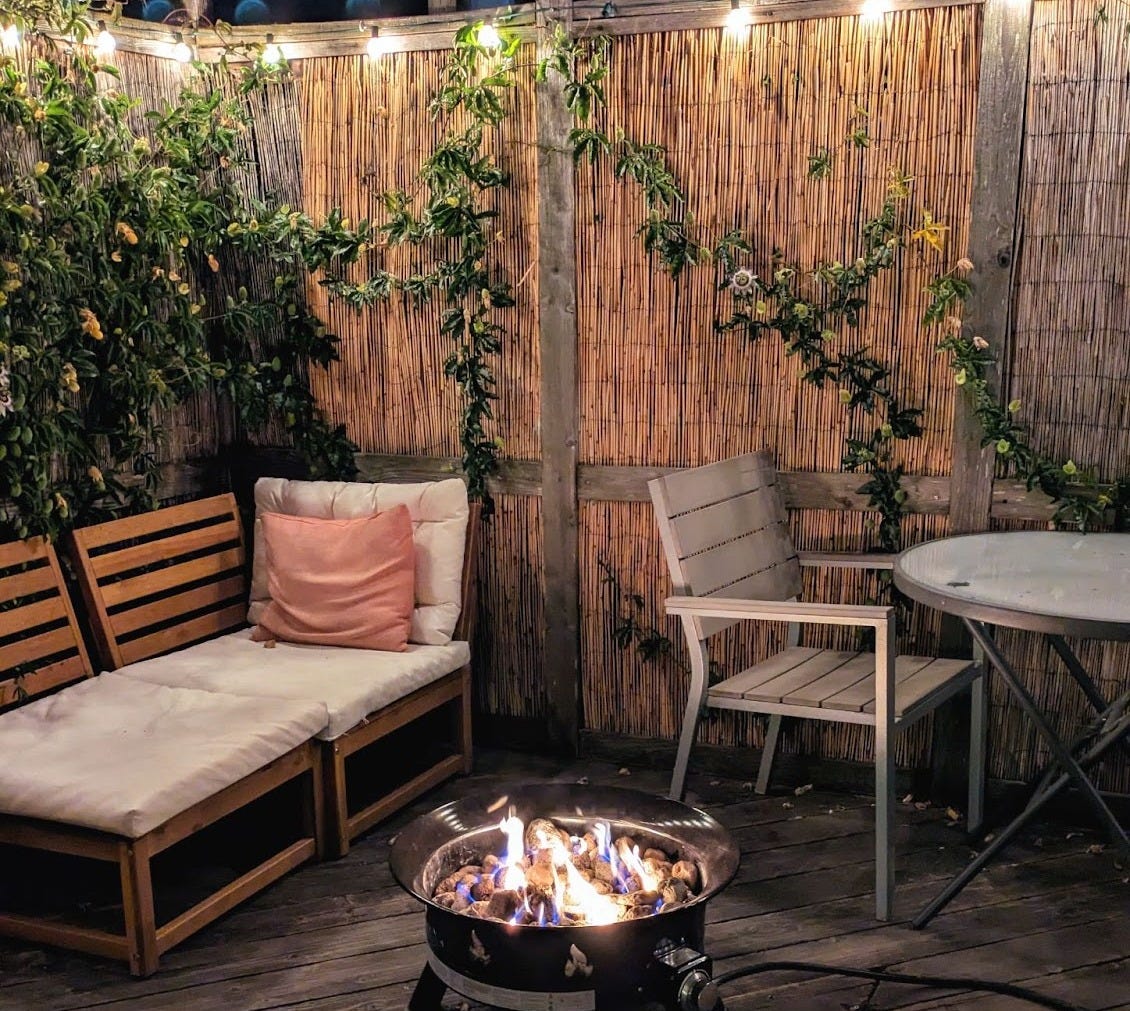
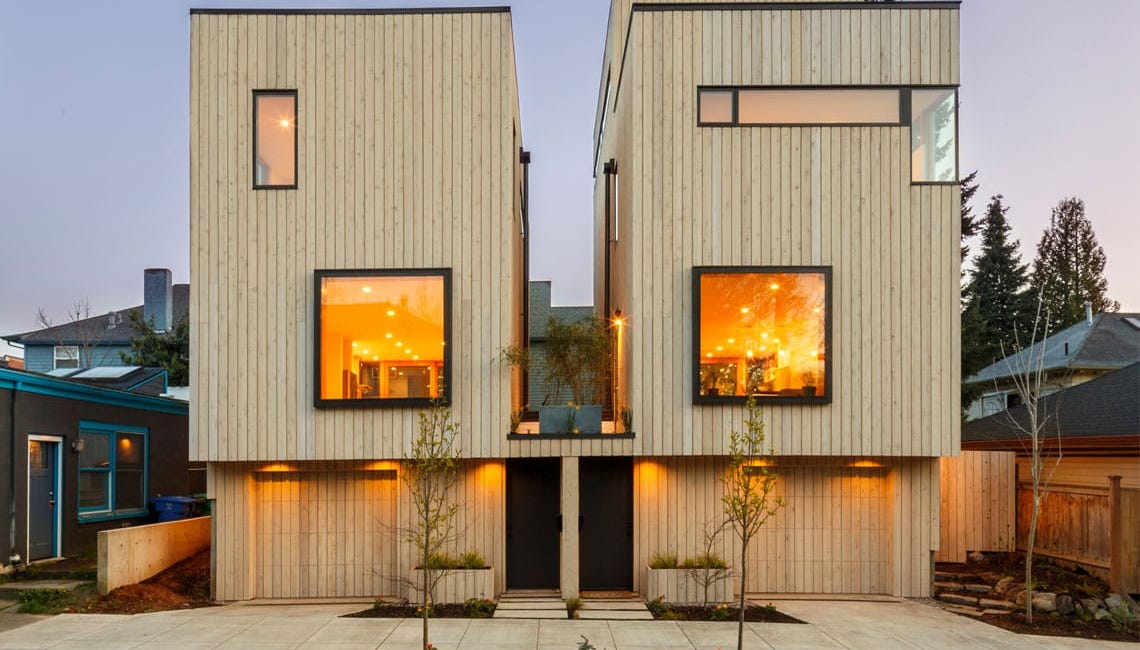
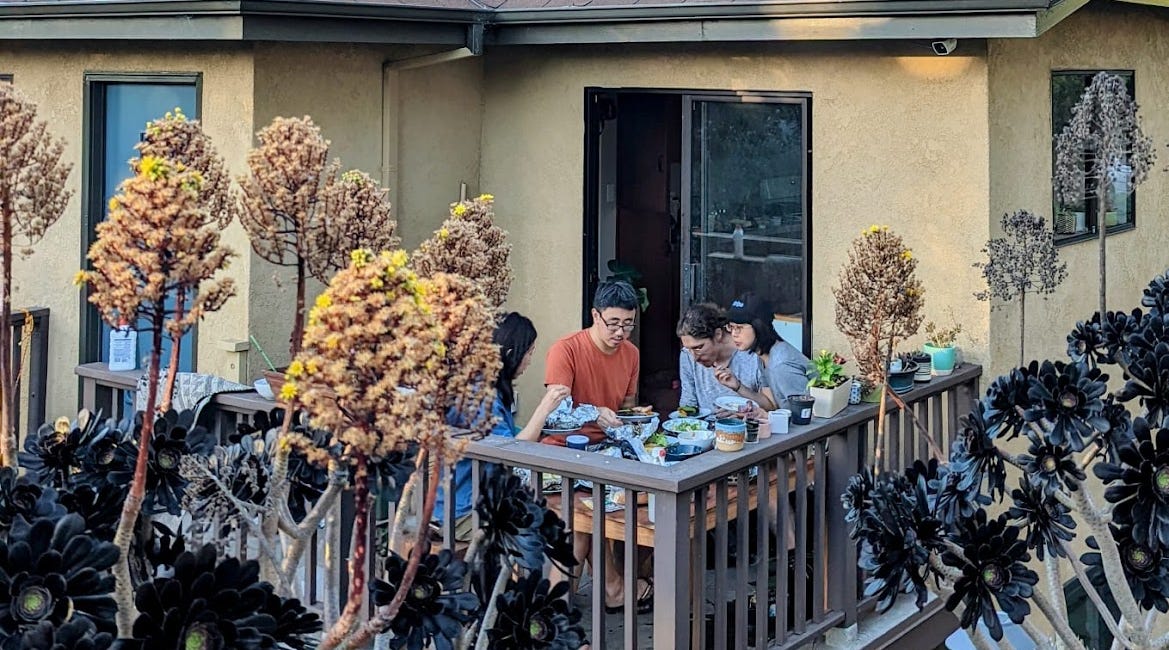

@katbaird this is one of my favorite case studies because it dives deep into some of the tricky trade-offs of co-buying and how you navigated them.
In particular, I really like your point about not needing to knock out every piece of a legal agreement before securing a property (which can take too much time in a competitive housing market) and instead rely on a set of high-level principles and trust.
I also like how you came to realize that the ideal (2x 1000 sq ft homes in the hills) could take a back seat to the possible (2 smaller homes in the flats) --- because the thing that matters more is the community you'll build, not the exact home.
Congrats on pulling off your dream -- on a limited budget -- in the craziest housing market in the known universe. Your example is going to inspire a lot of others.
- Phil
Loved this case study! It is the most realistic for what I’m looking for. ❤️